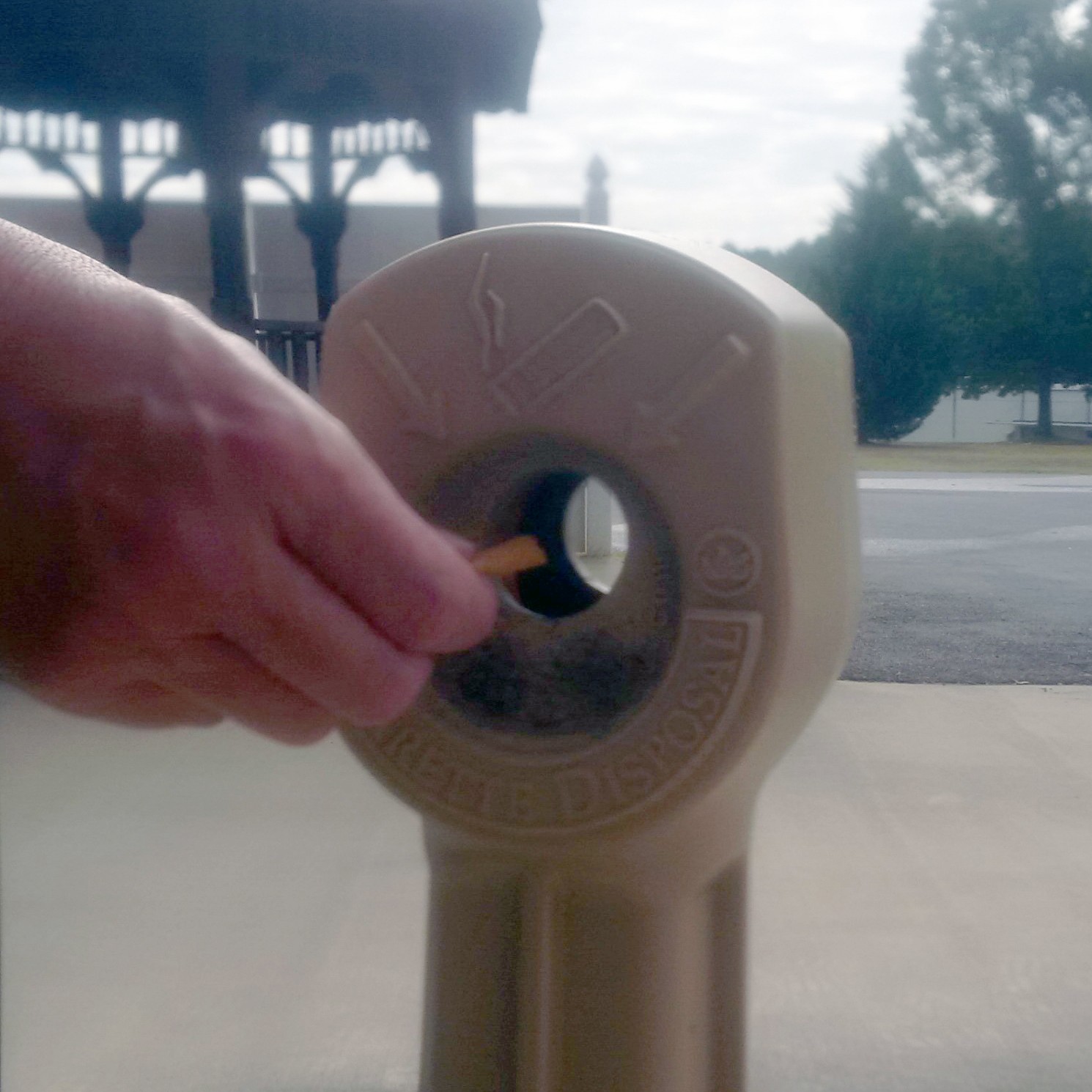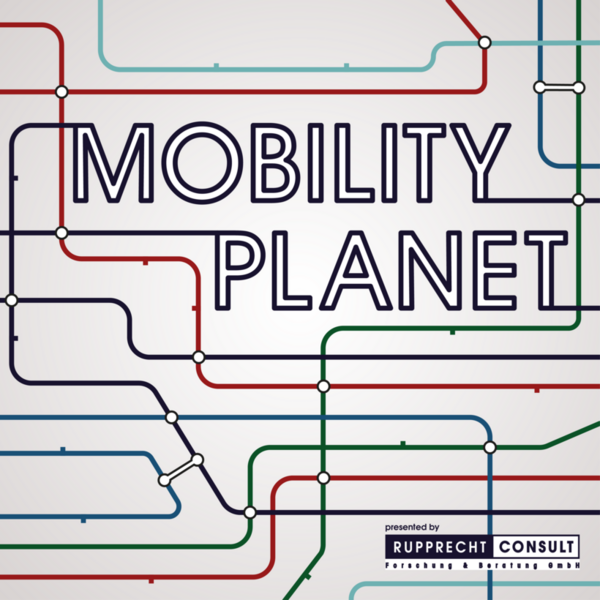Impact Of Dry Weather On Easter Bonfire Safety And Plans

Table of Contents
Assessing the Fire Risk During Dry Weather
Dry weather dramatically increases the risk of wildfires, making Easter bonfire safety a paramount concern. Low humidity and strong winds create ideal conditions for rapid fire spread. Understanding these risks is the first step towards ensuring a safe Easter celebration.
- Dry vegetation easily ignites and spreads rapidly. Dry grass, leaves, and branches act like kindling, catching fire quickly and burning intensely. This rapid spread can quickly overwhelm even a small, controlled bonfire.
- Strong winds can quickly escalate small fires into larger, uncontrollable blazes. A seemingly contained bonfire can easily become a wildfire if strong winds carry embers to nearby dry vegetation. This is especially true in open areas.
- Low humidity contributes to faster burning and greater intensity. The lack of moisture in the air accelerates the combustion process, making fires burn hotter and spread more quickly.
- Check local fire restrictions and warnings before lighting any bonfire. Many regions implement burn bans during periods of dry weather. Ignoring these restrictions can lead to hefty fines and even criminal charges. Always check your local council's website or contact your local fire department for the most up-to-date information regarding bonfire safety and any restrictions in place.
Preparing for a Safe Easter Bonfire
Even with dry weather, you can still enjoy an Easter bonfire with proper preparation and adherence to strict safety protocols. Prioritizing Easter bonfire safety involves careful planning and execution.
- Clear a wide area around the bonfire site, removing dry leaves, branches, and flammable materials. Create a firebreak of at least 10 feet (3 meters) around the bonfire to prevent the fire from spreading. Remove any overhanging branches that could catch fire.
- Keep a water source (hose, bucket of water, fire extinguisher) readily available. Having these readily accessible is crucial for quickly controlling any unexpected flare-ups. Ensure you know how to properly use a fire extinguisher.
- Never leave the bonfire unattended. Always have someone responsible monitoring the fire at all times. Never leave it unattended, even for a short period.
- Have a plan for extinguishing the fire completely before leaving the site. Don't just let the fire burn out; actively extinguish it using water or sand, ensuring all embers are completely out before leaving the area.
- Inform neighbours of your bonfire plans. Courtesy goes a long way. Let your neighbours know about your bonfire plans to avoid any unnecessary concerns or misunderstandings. This is a crucial element of responsible bonfire planning and contributes significantly to Easter bonfire safety.
Choosing the Right Location for Your Easter Bonfire
Site selection plays a critical role in Easter bonfire safety, especially during dry weather. Careful consideration can significantly reduce the risk of an uncontrolled fire.
- Avoid areas with dry grass or overhanging trees. These present significant fire hazards. Choose a location with minimal dry vegetation surrounding the bonfire area.
- Choose a location away from buildings and other structures. Maintain a considerable distance from any buildings, fences, or other flammable structures to minimize the risk of property damage.
- Opt for a location that's sheltered from the wind if possible. While not always possible, a sheltered location can help to contain the fire and prevent embers from being blown to other areas.
Alternative Celebration Ideas During Dry Weather
If the fire risk is too high, there are plenty of other ways to celebrate Easter while still enjoying the festive atmosphere. Consider prioritizing Easter bonfire safety by choosing alternative activities.
- Organize an Easter egg hunt. This classic Easter activity is fun for all ages and requires no fire whatsoever.
- Have an Easter picnic. Enjoy a delicious meal outdoors while maintaining Easter bonfire safety.
- Attend a community Easter event. Many communities organize Easter events with activities for everyone.
- Consider a smaller, contained fire pit instead of a large bonfire. If you still want a fire, a smaller, controlled fire pit with fire-resistant materials is a much safer option during dry periods.
Conclusion
Dry weather significantly increases the risk associated with Easter bonfires. By carefully assessing the fire risk, taking appropriate safety precautions, and considering alternative celebration ideas, you can ensure a safe and enjoyable Easter celebration for everyone. Remember, responsible bonfire planning is crucial, especially during periods of dry weather. Prioritize Easter bonfire safety this year. Plan your Easter celebrations responsibly and always check local fire restrictions before lighting a bonfire. Remember, a safe celebration is a happy celebration!

Featured Posts
-
 Damiano David Of Maneskin On Jimmy Kimmel Live Highlights And Fan Reactions
May 18, 2025
Damiano David Of Maneskin On Jimmy Kimmel Live Highlights And Fan Reactions
May 18, 2025 -
 Snl Audience Swears Live On Tv The G105 Incident
May 18, 2025
Snl Audience Swears Live On Tv The G105 Incident
May 18, 2025 -
 Maneskins Damiano David Debut Solo Album Funny Little Fears Announced
May 18, 2025
Maneskins Damiano David Debut Solo Album Funny Little Fears Announced
May 18, 2025 -
 Amazon Worker Union Challenges Warehouse Closures Before Quebec Labour Tribunal
May 18, 2025
Amazon Worker Union Challenges Warehouse Closures Before Quebec Labour Tribunal
May 18, 2025 -
 From Scatological Documents To Podcast Gold An Ai Driven Approach
May 18, 2025
From Scatological Documents To Podcast Gold An Ai Driven Approach
May 18, 2025
Latest Posts
-
 Late Game Heroics Riley Greenes Two Home Runs Lead Tigers To Win Over Angels
May 18, 2025
Late Game Heroics Riley Greenes Two Home Runs Lead Tigers To Win Over Angels
May 18, 2025 -
 Padres Tatis Jr Hits Walk Off Angels Lose Late Lead
May 18, 2025
Padres Tatis Jr Hits Walk Off Angels Lose Late Lead
May 18, 2025 -
 Angels Walk Off Defeat Tatis Jr Sinks Angels In Padres Game
May 18, 2025
Angels Walk Off Defeat Tatis Jr Sinks Angels In Padres Game
May 18, 2025 -
 Riley Greenes Two Ninth Inning Home Runs Power Detroit Past Angels
May 18, 2025
Riley Greenes Two Ninth Inning Home Runs Power Detroit Past Angels
May 18, 2025 -
 Recent Developments Kanye Wests Relationship With His Kids
May 18, 2025
Recent Developments Kanye Wests Relationship With His Kids
May 18, 2025
